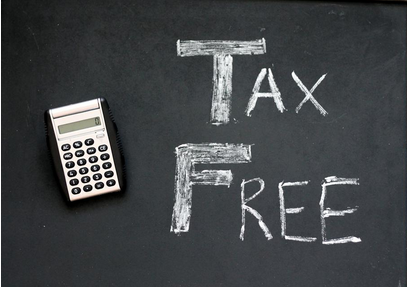Tax Free Savings Accounts (TFSAs) are a relatively new tool in the Canadian financial landscape. Introduced in 2009, the TFSA has become more and more important to Manitobans’ retirement plans as time goes on. How can a person make the most out of this unique retirement savings tool?
The Basics
I like to think of a TFSA as a “sticky label” that can be tacked on to almost any investment. The label reads “don’t tax this, EVER!” Tax Free Savings Accounts are truly tax free. You fund the account with after-tax dollars and all growth is earned without taxation. Interest, dividends, capital gains, it doesn’t matter! They all accumulate without a need to report for income tax.
TFSAs have a lifetime maximum that you can contribute, which increases a little on January 1st each year. Unlike an RRSP, when you make a redemption from your TFSA account, that contribution room is not lost forever. You actually earn back the contribution room the following January! For example: if I take $2,000 out of my TFSA in 2021, I’ll get $2,000 more contribution room back in January 2022.
Where It Goes Wrong
The most common “misuse” of a TFSA tends to be propagated by Canadian banks and credit unions. When the TFSA was first introduced, these institutions frequently bundled their savings accounts with the TFSA label.
Imagine having $10,000 in your TFSA that holds a savings account paying 1% per year. The $100 in interest you earn is now tax free and you’ve likely saved anywhere from $25 to $50 in income tax (woohoo!). This low growth and low tax savings is a real missed opportunity. Unfortunately, that’s how the majority of TFSAs out there have been structured, due to how they’ve been “sold” by our banking institutions.
By investing your TFSA proceeds more aggressively, you can magnify the tax savings. If your $10,000 earned $1,000 of interest instead, now you’re saving $250-$500 in income tax! A much more noticeable difference for sure.
What Should I Do?
Every retirement portfolio has a place for cash holdings; your TFSA is likely not the right place for too much of it. Consider keeping a significant portion of your TFSA holdings in investments with higher earning potential. When those investments grow, you’ll benefit from larger tax savings on that growth.
Perhaps your portfolio consists of registered accounts (RRSPs, RRIFs, LIRAs or LIFs), TFSAs and some non-registered accounts. You can gain an income tax edge by divvying up your holdings to reflect the tax status of each account type. For example, overweighting interest-bearing holdings in your registered accounts and overweighting growth equities in your non-registered ones.
Given TFSA withdrawals are non-taxable, consider using your TFSA for covering some lump sum purchases in retirement. Vacations, down payments on a car, or home repairs can trigger a large withholding tax bill on registered accounts. Pulling from your TFSA, and restocking the funds when available, avoids wrecking your annual tax plans.
Tax Free Savings Accounts are a fantastic tool for retirement planning, when run properly. If you own a TFSA and aren’t sure what it holds and why, consider reaching out to a professional for advice. Earning the right return, tax free, can lead to much bigger savings for your future!

Recent Comments